














New showrooms now open at Bypass Nurseries, Capel St Mary and Glasswells, Ipswich
















New showrooms now open at Bypass Nurseries, Capel St Mary and Glasswells, Ipswich

Colchester City Council and Colchester Events is delighted to announce the summer programme of Castle Park bandstand concerts, sponsored by Café In The Park.
Over several weekends between 18 May and 18 August, a series of free, live music concerts take place on the city’s refurbished Victorian bandstand featuring a range of musical styles including jazz, spiritual, big band, and swing.
Cllr David King, Leader of Colchester City Council, said: “The council was proud to invest in the refurbishment of the bandstand as part of the Platinum Jubilee celebrations of the late Queen Elizabeth II in 2022.
“Originally built in the 1890s, to hold a full military band from Colchester Garrison, it is wonderful that such a much-loved and
historic structure is still delighting city visitors to this day and that so may want to play. My thanks to Café In The Park for making this possible, with their generous sponsorship, which has allowed us to have such a great and diverse summer programme of music.”
The 2024 programme includes the Colchester based Electro Jazz Orchestra, who bring the Big Band sound into the 21st century on 8 June, and the Sweeting Swing Band performing a toe-tapping repertoire on 27 July, with classics of the Big Band era through to modern rock and pop favourites. The programme culminates on 18 August with Ruby Robinson – the ‘Jazz Diva of Our Era’ and a regular of Soho’s Ronnie Scott’s Jazz Club –performing jazz classics.
The concerts are free to attend and do not require pre-booking – simply turn up, enjoy picnics or




Salvation Army – 23 June, 3pm
Essex Concert Band – 6 July, 3pm
Castle Park bandstand full concert programme 2024:
Bhakti Marga UK Kirtan –18 May, 3pm
Colne Endeavour Band –19 May, 3pm
Electro Jazz Orchestra –8 June, 4pm
West Bergholt Band – 9 June, 3pm
Community Ukulele – 22 June, 3pm
Sweeting Swing Band –27 July, 4pm
The Abbeygate Concert Band –11 August, 3pm
St Peter’s Band – 17 August, 4pm
Ruby Robinson Music –18 August, 3pm
For more information visit: www.colchester-events.co.uk/ event/castle-park-bandstandconcerts-2024




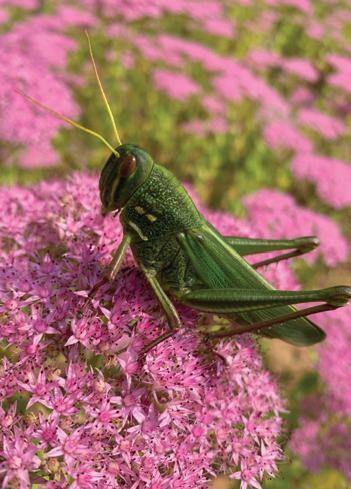


































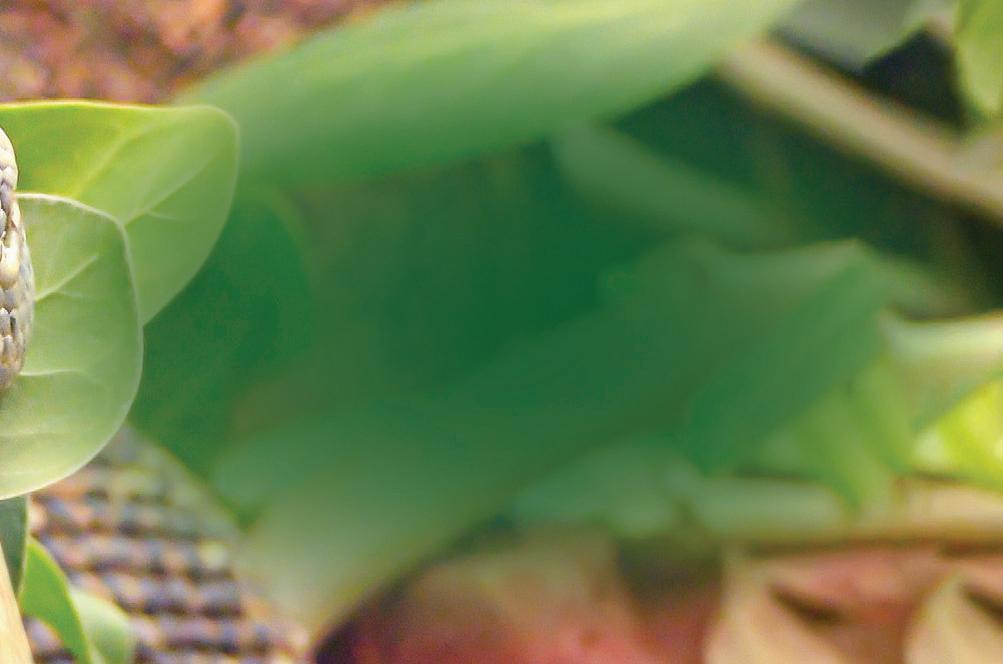
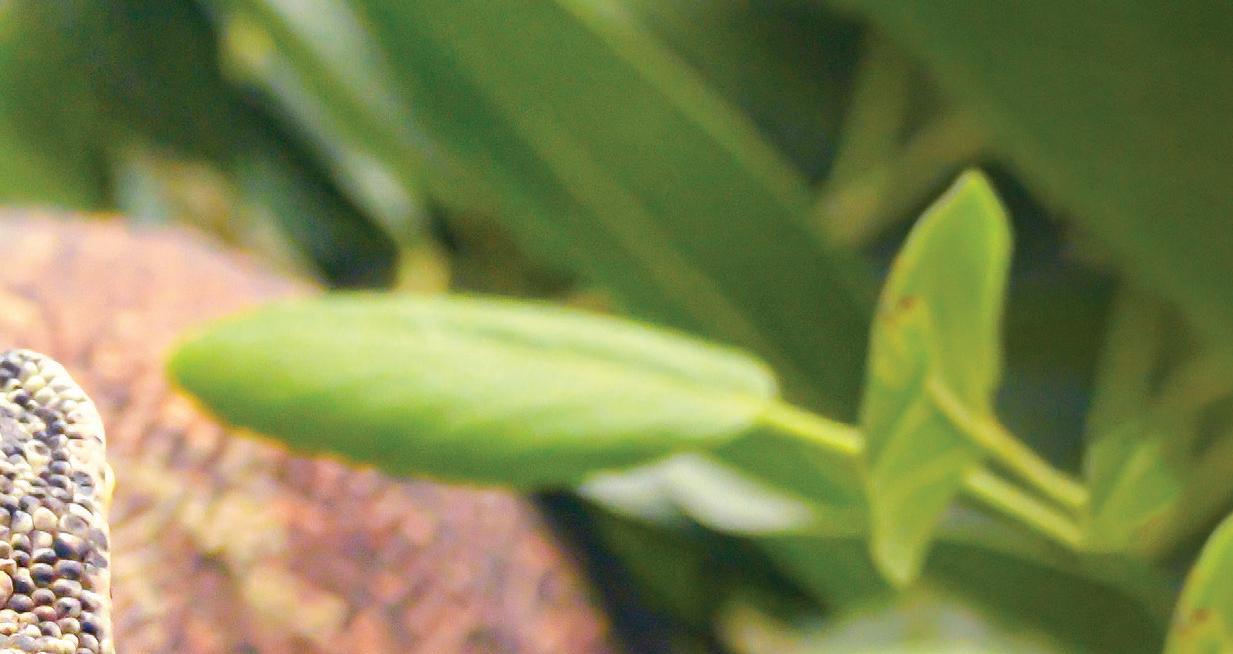
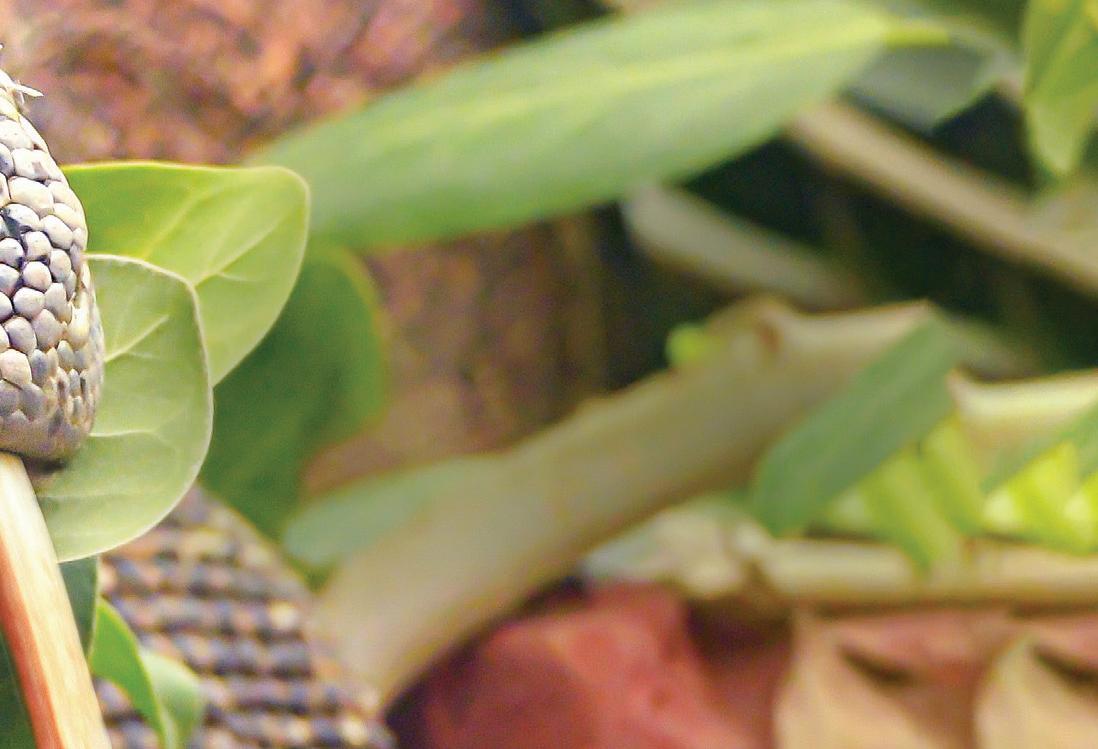


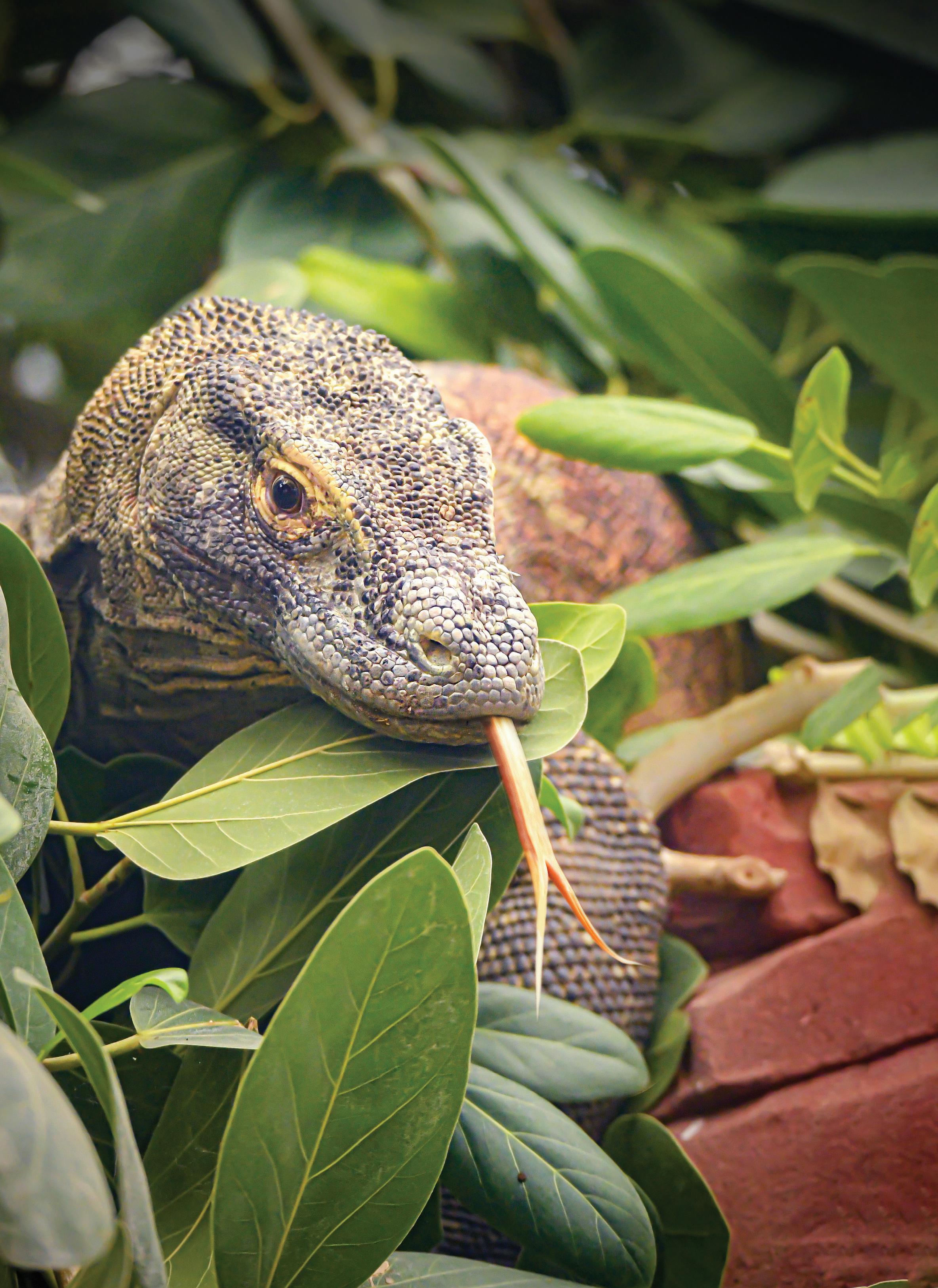

















































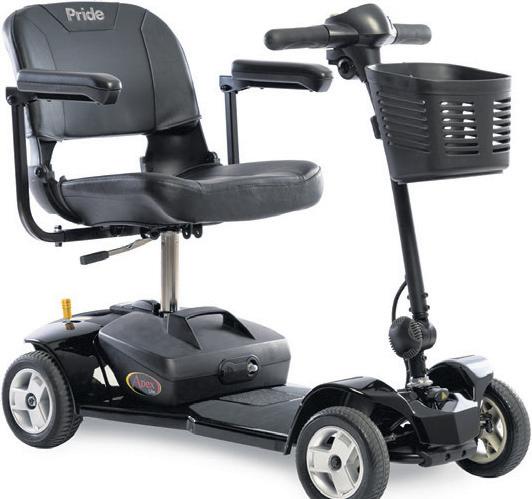














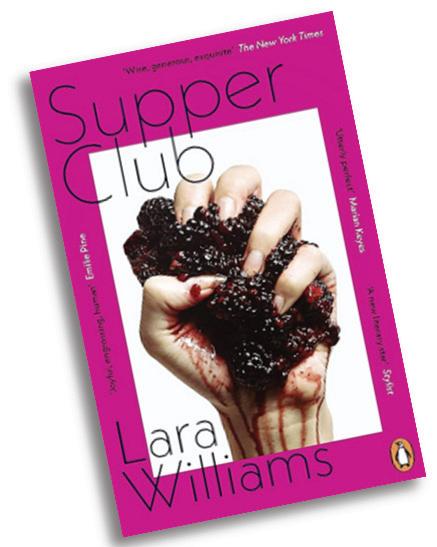
Williams' striking and vividly written novel delves into the complexities of female friendship, body image, and the act of reclaiming space in a world that often tries to diminish women. The story revolves around Roberta and Stevie, two young women who, after meeting at university, form a unique bond and establish the eponymous Supper Club – a secret society where women gather to indulge in food without guilt or judgement.
Williams' writing is both sharp and tender, capturing the subtleties
of her characters' inner lives with remarkable clarity. The narrative alternates between Roberta's past and present, weaving together her experiences with food, from restrictive eating to liberating feasting, and her journey towards self-acceptance. It's a structure that effectively depicts the protagonist's evolving relationship with herself and her body and makes for a relatable read.
But this is more than a story about food and friendship. It is a nuanced exploration of the complexities of female identity and the ways in which women navigate a world that often seeks to constrain them. Williams tackles issues of body image and the struggle for self-identity with sensitivity and insight, making the novel both thought-provoking and deeply moving in parts.
The Supper Club itself is a symbol of resistance against societal norms that dictate how women should look, eat, and behave. The descriptions of the meals are sumptuous and vivid, transporting the reader into these nocturnal gatherings where the women not only feast but also share
stories, laughter, and pain.
This is a story that celebrates women while offering a commentary on the pressures they face. It's a story of transformation and liberation, and a reminder of the power of claiming one's space in the world.
The Kitchen Science Cookbook by Dr. Michelle Dickinson
This is a beautifully crafted book with a unique twist: each recipe is a science experiment that you can do at home, using the everyday ingredients you'll find in your kitchen.
You don’t need to be a science expert because the easy-to-follow recipes make science experiments fun for everyone. Nanotechnologist Michelle Dickinson is on a mission to show us that we can all be scientists, no matter how young or old.
The book has an easy-to-follow format, and every experiment uses ingredients found in most kitchens. Kids will love following each recipe and learning about the science. When I set aside an afternoon to do a

few experiments with my own kids I learned a lot too.
The photos show normal families doing each of the experiments, which contributes to the approachable feel of the book. In spite of it being so accessible, Dickinson, who is a serious scientist, covers the scientific methodcoming up with a prediction, testing it etc; safety precautions, and general science tips which is great for nonscientist parents like me.
If you want to get your kids excited about science, this is a fabulous book.
By Tash Donovan
Give the gift of a brighter future As a thank for your monthly donation, you will receive Your very own handmade, native bag of Beebombs to sow A special thank you print to frame Updates on how your donation is changing lives Your regular gift of just £5 a month could go towards supporting young cancer patients through our Care Packages, Age-appropriate Rooms in hospitals and Research.

Not only will you be giving a brighter future to teenagers and young adults with cancer but also a future to bees, wildlife, and the environment.















National Microchipping Month emphasizes the importance of updating your pet's microchip details to ensure they can be reunited with you if lost. This event also promotes the benefits of microchipping pets.
Microchips, about the size of a grain of rice, are implanted by a vet or trained implanter in a quick, harmless procedure, providing a permanent means of identification unlike removable collars and tags. Since April 2016, it has been mandatory for all dogs in the UK to be microchipped and registered with a government-approved database, and starting 10th June this year, this requirement will extend to all cats by the time they are 20 weeks old.
The key advantage of microchipping is the increased likelihood of being reunited with you pet should they become lost. While microchipping for pets other than dogs and cats isn't legally required, it is highly recommended for all types of pets. Only authorized implanters,

including vets and animal welfare organizations, can perform microchipping.
However, microchipping is not sufficient on its own. As a pet owner, it is crucial to ensure your pet's chip details are correct and updated regularly. If your contact details change, you are responsible for notifying the database to update your information.
You can be fined up to £500 if your dog or cat is not microchipped when they need to be. Dogs are also still required to wear a collar and tag.
If you are buying or adopting a dog or cat you should ask for proof a microchip has been fitted.
You can ask to see: a microchip certificate, vet records, or a pet passport.
For further information visit: www.gov.uk/get-your-dog-catmicrochipped
By Louise Addison







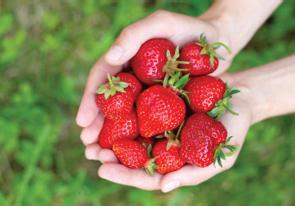
It’s the time of year to celebrate the strawberry.
The first shocker is that it is not actually a berry. It’s a member of the rose family and is in fact the enlarged receptacle of a flower!
There's a lot to love about them. They're lower in both calories and sugar than fruits like apples or bananas, yet they're high in fibre and other key nutrients. They're a low-glycaemic food, which means that they have little effect on blood sugar. This makes them a tasty option for people looking to control or lower their blood glucose levels.
There are more health benefits too. They naturally deliver vitamins, fibre, and particularly high levels of antioxidants known as polyphenols - without any sodium, fat, or cholesterol. They are among the top 20 high-antioxidant fruits and are a good source of manganese and potassium. Just one serving -about eight berries - provides more vitamin C than an orange.
Strawberries also have minerals such as calcium, iron, potassium, folate, and magnesium, along
puzzle solutions:
with more antioxidants called anthocyanins. Those are healthful plant compounds that also give strawberries their red colour. The redder the fruit, the more antioxidants it has.
The vitamins, minerals, and antioxidants in strawberries provide important health benefits. The antioxidant compounds protect cells and tissue in your body by neutralizing unstable molecules called free radicals. By curbing free radicals, oxidative stress is also reduced. Oxidative stress can cause inflammation and your immune system contributing to several health conditions.
Strawberries are safe for most people, but people who are allergic to birch pollen are more likely to have an allergic reaction when they eat strawberries or other red fruits.
Allergic reactions to strawberries usually cause symptoms such as itchy bumps, tingling, or swelling of your lips, mouth, tongue, or throat. Seek medical advice if this happens.
By Louise Addison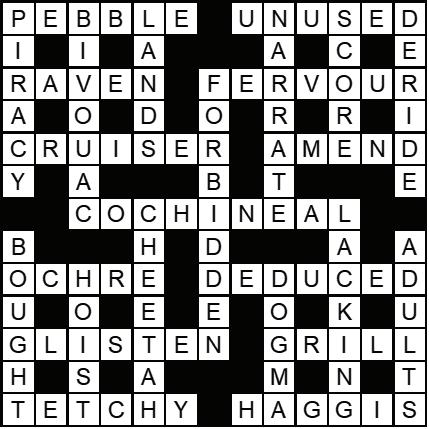
My dad is a 'salt of the earth' no airs and graces type. When he retired he took up golf and no-one was more surprised than him! Golf was once seen as the sport of the elite, but it has evolved over the years, shedding its image as an exclusive pastime, and becoming more accessible to a broader population. Numerous public courses and affordable equipment options have opened the door for people from all walks of life, including my father (who worked as a plumber), to enjoy golf. Could golf be the right sport for you?
Benefits - Golf as a sport offers a unique blend of physical activity and mental stimulation. While it might not seem as intense as other sports, golf requires a significant amount of walking. A typical 18-hole golf course can stretch over 6 or 7 kilometres of walking (4-5 miles if you’re still pre decimal like my dad). So, it’s a fantastic way to get low-impact, cardiovascular exercise, which is beneficial for all age groups, especially older players.
Moreover, golf is also a mental game. It challenges players to think strategically about each shot. Decision-making skills are honed with every hole, as players must consider factors such as wind direction, course topography, and club selection. The mental concentration and focus needed to play golf can help reduce stress and enhance brain function, promoting a healthier mind.
- Golf is inherently social. Whether playing a casual round with friends or participating in a club tournament, golfers often spend several hours together, which fosters a unique camaraderie. This aspect of the sport makes it an excellent tool for connecting with others, which is something known to improve


mental health and reduce the risk of dementia.
- Golf’s growing accessibility is one of its most appealing aspects. Public courses and driving ranges offer affordable options for those interested in the sport, and second-hand clubs and equipment make starting out more budget-friendly. Introductory sessions designed for beginners are increasingly common, helping new players of all ages get into the game without the pressure of high initial costs.
Additionally, golf is an activity that people can enjoy throughout their lives. Unlike many sports that might demand high levels of fitness or agility, golf’s pace and nature allow people to continue playing well into their senior years. This lifelong playability makes golf a wise investment in one's leisure time and physical well-being.
So, golf’s transformation from an elitist sport to a more inclusive activity is encouraging more people to partake in its challenges and pleasures. Whether you're looking for exercise, a way to meet new people, or a new skill to master, golf is a rewarding choice. My father is now teaching my teenage daughter to play. They get to spend some quality time together, while exercising in the fresh air and bonus…she can’t use her phone while she’s playing. Thanks dad!
By Cora McNeil
Preparation time: 15 minutes Freezing time: 1 hour Serves: 4-6
Ingredients
100g good quality dark chocolate (70% cocoa solids) broken into pieces.
100ml filtered or mineral water
60g cocoa powder
Method
Prepare the sugar syrup by placing the sugar and water into a saucepan. Bring to the boil without stirring and leave to simmer until the sugar crystals have dissolved (about 5 minutes). Remove from the heat.
Melt the dark chocolate in a heatproof bowl suspended over a saucepan of just-simmering water. When it has melted add the 100ml water and reheat until warm. Whisk
in the cocoa, then add the melted chocolate, whisking together until smooth.
Let the mixture cool, then chill it by placing the bowl of sorbet mixture over a bowl of water filled with ice cubes. Stir occasionally but don’t let any water splash into the sorbet mix.
For the smoothest results churn the chilled mixture in an ice cream maker until ready.




If you don’t have an ice cream maker then place the mixture in a shallow bowl and freeze it in the coldest part of the freezer. Take it out every hour and whisk it to break up the ice crystals. Made this way it will have a slightly more granular texture, but it will still be delicious.
Remove from the freezer about twenty minutes before serving.



Serving suggestions
Although this is lovely on its own you could try serving it with:
Strawberries dipped in melted chocolate, then chilled.
Rich butter shortbread (though obviously not if you’re on a glutenfree diet!).
With a glass of coffee, chocolate or mint liqueur poured over.


Some gardeners say that a weed is just a plant in the wrong place. But is any unwanted plant it really a weed? Is an apple tree seedling a weed? Are the random aquilegia or California poppies softening my stone paths weeds?
Plants have one goal: to live long enough to reproduce. So sometimes these plants show up in areas they’re not welcome. These plants are not technically weeds, though we might decide to treat them as such.
Then there are the plants that we know as conventional weeds, such as dandelions. Some are annuals, which live their whole life cycle in one year, and persist through a legacy of hundreds of thousands of seeds, germinating anywhere and everywhere.
Dandelions are actually perennials. They are persistent plants that love open lawn, growing into a big leafy mass with their characteristic bright yellow flowers. They also spread tens of thousands of seeds around to ensure that there are plenty more to come next year. The thing about a
plant like dandelions - and this is true for many of our labelled perennial weeds, such as nettles - is that bees and other insects love them, so they are wonderful for biodiversity.
Why DO plants show up where they’re not supposed to be?
Have you ever heard the phrase, ‘Nature abhors a vacuum’? It’s the concept that emptiness or nothingness runs counter to the laws of nature. Space must be filled with something, and weeds have embraced this concept wholeheartedly.
It explains why weeds pop up in places such as an open, mulched area or a pristine expanse of artfully placed stone patio. You may have determined there should be nothing there, but Mother Nature has other ideas and starts inserting plants to fill the void.
As gardeners, we like the idea of carefully selected plants placed in well-chosen spots in our landscape. That’s ‘design’ – the conscious application of thought and the
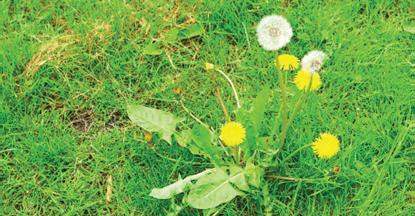
decision to grow or not grow plants in this particular place or that.
The sparsely planted landscaped garden and the heavily planted plot with barely any room between plants are garden styles at opposite ends of the spectrum. The first readily invites weeds to fill the empty spaces, but they are easy to see and remove. The second (which I favour), makes it difficult for weeds to germinate. But when they sprout – and they will - it takes a keen eye and some effort to remove them. I’m not diligent with this because the odd weed is
less noticeable among all the other plants, and they are good for insect life.
Neither garden is ‘correct’. The more natural landscape will ultimately be more sustainable with less weeding effort required, though when first planted, because it takes time for all those plants to grow and fill in, you’ll have to deal with – you guessed it –weeds.
Happy gardening.
By Rachael Leverton










Explore a world of adventure and history this May with a Colchester Museums Pass.
Enjoy year-round access to Colchester Castle, Hollytrees Museum, and the Natural History Museum with one convenient pass, ensuring school holiday excitement for an entire year! With captivating exhibits, engaging activities, and special events during school breaks, there's something for everyone to enjoy across Colchester's museum network, all conveniently located in the heart of Colchester’s City Centre.
This May half term enjoy the following experiences:
Colchester Castle: Step back in time and pay a visit to Europe's largest Norman keep and delve into the fascinating history of the Normans. From thrilling family tours to interactive trails and costumed characters wandering the galleries, Colchester Castle offers an immersive experience for history enthusiasts of all ages. What are you waiting for? www.colchester. cimuseums.org.uk/events/familytours-normans
Hollytrees Museum: Delight in the charm of Hollytrees Museum, housed in an elegant Georgian townhouse filled with treasures. Discover a rich collection of toys, costumes, and decorative arts, and
journey through the city's vibrant past. Don’t miss free Puppet Craft sessions on May 27th and 31st. www.colchester.cimuseums.org.uk/ events/puppet-craft/
Natural History Museum: Housed in the former All Saints Church, discover more about local wildlife habitats, biodiversity, and climate change at this family friendly museum. Crawl through a badgers set and discover mammoth bones and giant prehistoric shark jaws. Create your own crafty creature in free sessions from 25 May to 2 June. www.colchester.cimuseums. org.uk/events/puppet-craft/
Cllr David King, Leader of Colchester City Council said: “By
Answers on page 14


1 Energetic daughter repelled several in charge (7)
5 Coming second in race run with competitor (7)
9 Check condition and replace (9)
10 I will take spin around Italian city (5)
11 Island foremost in avoiding tax (5)
12 Stand for soldiers here (9)
14 Fare may be a little high after this (4-6,4)
17 Comfortable footwear found in stripper’s place possibly (6-8)
21 Student leaves in complete disarray, showing helplessness (9)
23 Drive out for fish that’s about 10 pence (5)
24 Recall part of imaginative stage show (5)
25 Dress is nothing to me – it’s tedious (9)
26 Attempt to take in very old and heartbreaking drama (7)
27 Woman needs relaxation to reach peak (7) DOWN
purchasing a Colchester Museum Pass, visitors gain year-round access to all three museums, making it the perfect investment for families seeking educational and entertaining experiences throughout the school holidays. It is great that in Colchester we can offer a journey through history, to glimpse through life through the centuries.”
Don't miss out on the adventures this May half term! Purchase your Colchester Museums Pass today and unlock a world of exploration and learning.
Discover more: www.colchester. cimuseums.org.uk/memberships

1 Democratic leader of city, one in South Africa (6)
2 So I’m one somehow being offensive (7)
3 Semi to let is ruined by parasite (9)
4 Leader of meeting not the sort to sit on a sofa or stool? (11)
5 Terrific, you can’t get one back! (3)
6 About to draw and knot ropes again (5)
7 Girl captivates boy with plant (7)
8 Stretch and enlighten one missing exercises (8)
13 Professional’s cost of living to increase greatly (11)
15 Four stars indicating extreme anger? (9)
16 Mishap I had, beset by stress (8)
18 Right place, I resolved, to find duplicate (7)
19 Carpet salesman gets to travel around (7)
20 Neil turns up in court and he has a lawyer (6)
22 Poorly rated business (5)
25 Course is put in balance for audience (3
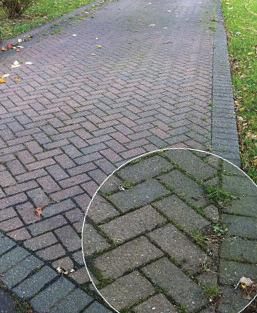
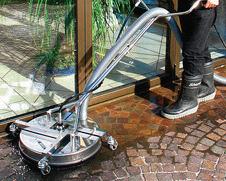



School holidays are just around the corner. Can you hear the collective panic from working parents everywhere? While our kids look forward to a long summer break, for us parents it can prove a logistical nightmare. What we need are practical ideas and solutions.
Start with how much of the holiday you can cover yourself. Will your family holiday take care of a fortnight? Some parents juggle childcare between them. Parent one covers two weeks then parent
two covers two weeks, leaving just two weeks to find extra cover. However, it may not be desirable to split your holidays, nor even practical if you are a single parent.
What about Grandparents? While some love to help out, others may still be working themselves, or may be too frail, or far away to help. Perhaps you can share childcare with another relative or a friend. Are there other working parents at your child’s school with similar problems? WhatsApp groups were
invented for a reason. Maybe you can join forces.
Could you work from home during the all or part of the school holidays? If you think this may be possible, discuss the idea with your boss. It’s best to draw up a plan detailing which aspects of your work could reasonably be completed remotely. You may get a positive response because if you’re not taking a holiday, they won’t have to find cover.
Even if you can piece together using some holiday, working from home, and sharing care with friends and family, you’ll probably still be left with some time to cover.
Now is the time to investigate paid-childcare options. If you have a pre-schooler at nursery, check whether it offers holiday care for older siblings. Schools and afterschool clubs often run holiday schemes too. The advantage of these is that they are subsidised by the Government, so are less expensive than private options. The disadvantage is that they fill up fast, so book early. They are often advertised first in school newsletters and few people
actually read newsletters, so you can get ahead of the game here! If you can afford them, there are some terrific holiday clubs on offer. Some specialise in sport, others in a variety of outdoor activities - including kayaking and rockclimbing. There are drama, music, art, and crafts clubs and even clubs teaching circus skills. Check what your local area has to offer.
Always check supervision levels, training certificates, health and safety information and any Ofsted reports. Try to speak with the group leaders so you get a feel for what they are like and whether your child will take to them.
School holidays are never easy if you work, but a little forward planning will relieve some of the stress. Remember though, that even the best laid plans can be derailed. Previous years here have involved a broken leg (son), appendicitis (me) and one year both kids contracting chicken pox the day after breaking up! Happy school hols!
By Sarah DaveyIt’s simple!
Fill in the grid so that each row, column and 3x3 box, contains the numbers 1 through to 9 with no repetition.
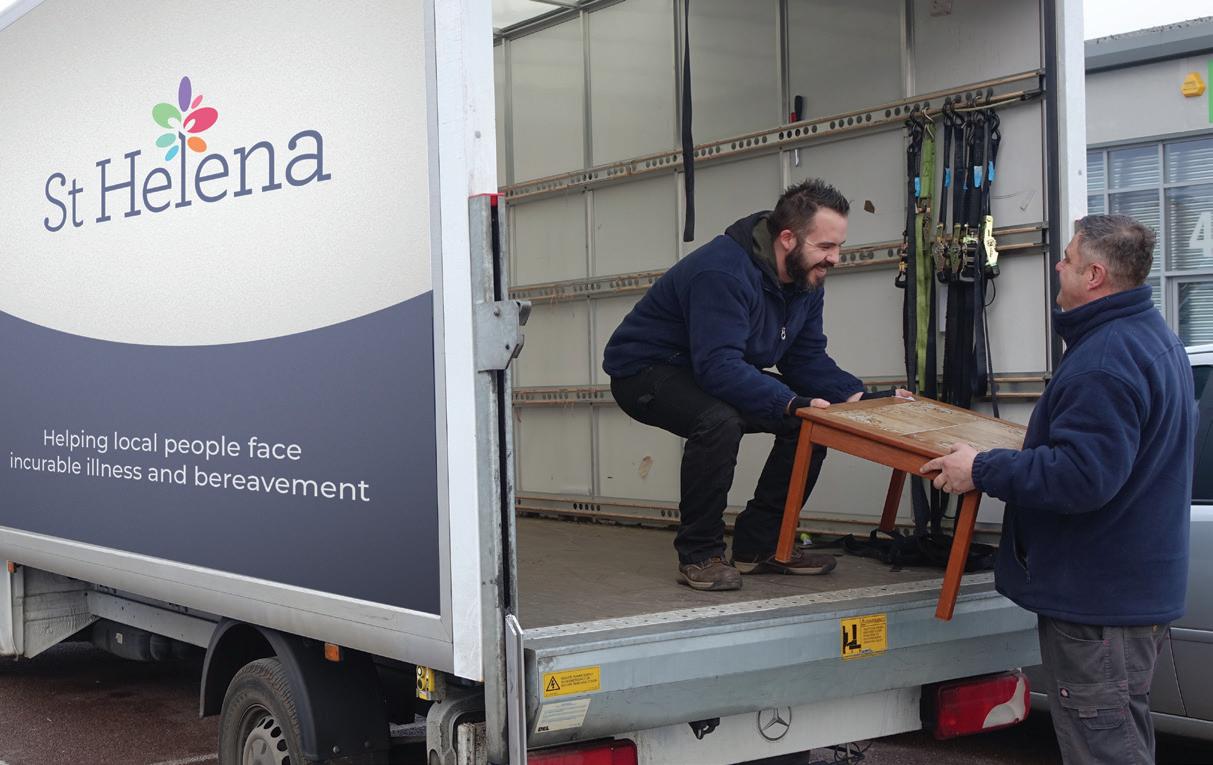
You don’t need to be a genius. These puzzles use logic alone.
Watch out! Sudoku is highly addictive.

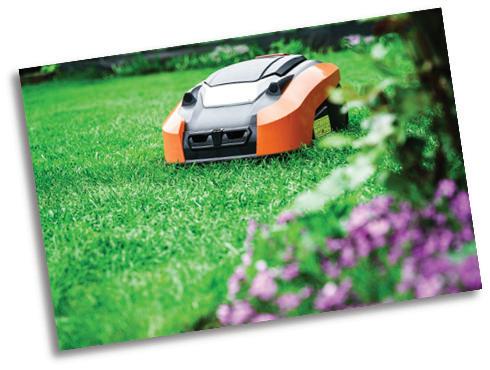
says my husband. Our 16-year-old phone addict glances up, “Ugh. I hate mowing. It’s BORING!”
“We agreed it’s your job,” says my husband.
“Wild lawns are in fashion,” counters Freddie, not moving.
“Not round here,” says my husband.
“You do it then,” mutters Freddie, but he slopes off in the direction of the garden.
“But it’s BORING,” my husband shouts after him.
Later I find them both staring at Freddie’s laptop with our 14-yearold daughter, researching robot lawnmowers. I roll my eyes at them, but secretly I agree…mowing is BORING!
Robot mowers are gaining popularity as they drop in price. Essentially they operate independently, using sensors to navigate and trim your lawn. They are small, lightweight, and come in all sizes to match all lawns.
Robotic mowers usually make use of a boundary wire installed around your lawn's perimeter to guide their movement. The wire is unobtrusive and is quickly hidden by the grass. Some models use GPS for enhanced navigation flexibility. They can be managed via mobile apps, allowing you to schedule mowing and ensure even coverage.
Their fans rave about them citing:
Convenience - They operate autonomously, saving you from manual mowing.
Safety – They’re designed to avoid obstacles and are equipped with safety features like child locks.
Performance and functionality - Robotic mowers efficiently maintain lawn health by cutting frequently but in small amounts, promoting even growth. They can handle slopes and navigate over driveways or paths, especially those with GPS technology. Blades are less prone to damage due to their operational design and are easy and inexpensive to replace.
Environmental benefits - Robot mowers mulch the grass clippings, which are then recycled back to the lawn as natural fertilizer, enhancing lawn health.
Operational efficiency - They are economical, typically using about 15 kWh per month.
But there are disadvantages:
Cost - Initial purchase can be high, though they can offer savings long term if you have to pay someone to
mow your lawn (like a teenager!)
Installation – You may need the boundary wire professionally installed.
And in many ways they are also similar to normal lawnmowers in that they need regular maintenance and storage.
Robotic mowers are stored in a docking station, typically near a power source at the garden's edge, but should be housed in a garage or shed to protect against severe weather in the winter.
And although they are designed for use on wet grass, it’s best to avoid soaked lawns and they will be less efficient under wet conditions, much like a regular mower.
The robot mower debate is in full flow here. The guys really want one and I have yet to be persuaded (especially by the ‘but they’re so cute’ argument put forward by my daughter). I can feel myself weakening though because… mowing IS boring!
By Jackie PetersAnswers on page 8
Can you find all of the ancient civilisations hidden in the grid?





Summer term is here and school children all over the country are gearing up for the annual test of strength, stamina and dexterity otherwise known as School Sports Day.
There's nothing quite like it: sunburn, squabbles, sprained ankles, and a distinct lack of sportsmanship...and that's just the parents.
Children learn by watching those around them, especially their parents, so it is important to model good sports day etiquette. Accusing Johnny of cheating in the
sack race is not good form, even if you did see him shove Suria out of the way. Remember that we are there as spectators; let the teachers deal with the kids.
Cheer but try not to be 'that' parent', barking instructions from the sideline. Just because we came first (or last) in every race at school, doesn’t necessarily mean that our child will do the same. And if she comes last in the egg and spoon race but doesn’t drop her egg, we can always praise her fantastic sense of balance. Reframing a situation in a more positive light helps build resilience. It teaches
her that, while we cannot control all life events, we can control our emotional responses and reactions.
At the same time, we should embrace the competition element. Competition is a necessary part of life so exposing children to it at a young age helps prepare them for life. Competitive sport can build a positive ethos and highlights the importance of playing by the rules and working as a team.
Sports Day is an opportunity for us to show children how to accept both victory and defeat with grace. Learning how to manage emotions in both situations will benefit them in their personal or professional lives. Teach them to refrain from petulant behaviour such as badmouthing the winner or denouncing a race as 'stupid' or 'unfair'. Instead, practice good sports etiquette by congratulating the victors with a ‘Well done’ and a genuine smile. And while they should be encouraged to take pride in their accomplishments, overthe-top displays of celebration can make them seem insensitive and
arrogant. They should say thank you to everyone who congratulates them and acknowledge the efforts of their teammates.
Sports Day is an ideal opportunity for children to learn to work together as a team. We can encourage our child to cheer on their teammates and enjoy being part of a group with a common goal. It is important not to berate those children who are slower or less co-ordinated than others. It is certainly not acceptable sportsmanship to single anyone out as a scapegoat for the team not winning.
If approached in the right way, events like Sports Day build qualities such as respect, resilience, and perseverance. When our child gets back up can carries on after falling over in the sack race, or thanks their team members after winning the relay race, they are developing the building blocks for a successful future.
By Bev Stone
Volunteering your spare time isn't just about helping others; it's a gateway to enriching your own life.
Boost Your Personal and Professional Growth - Volunteering offers opportunities to develop new skills and refine existing ones. Whether it's organizing events, or providing educational or emotional support, each task challenges a volunteer in different ways. They cultivate essential skills such as communication, teamwork, and
problem-solving. Volunteering provides practical experience and demonstrates a commitment to community service, which is attractive to potential employers. Moreover, it can be a pathway to discovering new passions or even a career change, as it offers the chance to explore different fields without long-term commitments.
Enhance Your Mental HealthMultiple studies have shown that volunteering has a positive impact
on mental health. It can provide a sense of purpose, which in turn decreases stress and combats depression. The social aspect of volunteering also contributes to its mental health benefits, as it connects you with others who share similar interests.
Strengthen Community BondsConnecting people and fostering an environment of cooperation and support helps to build stronger communities. It allows individuals
to contribute to their community's growth and resilience, making it a better place for everyone.
Volunteering offers more than just the satisfaction of helping others; it is an enriching journey that nurtures your skills, health, and community connections. Where will you volunteer this month?
By Sarah Davey
The waters around the property market may be choppy, but with the Michaels crew at the helm, we’ll get you to where you really want to be... simply pop in or call our Colchester office to arrange a free mortgage health check and to register with us for updates on property prices and interest rates today.